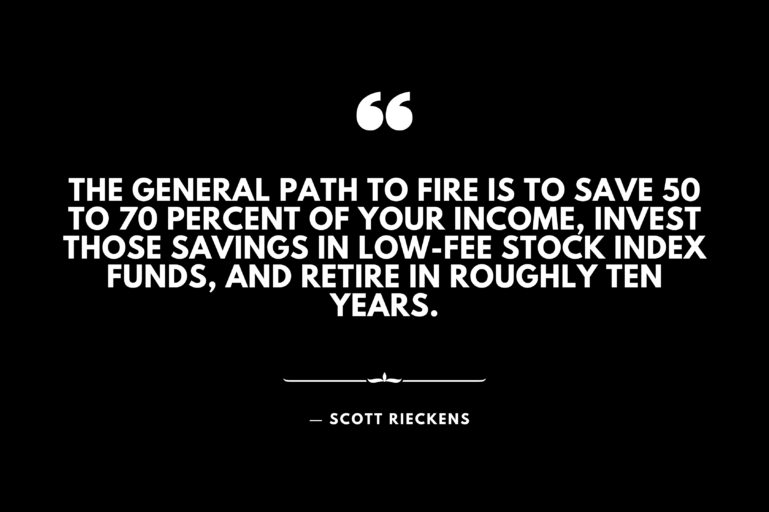Last updated on October 4, 2023
In today’s competitive job market, companies are using innovative ways to attract and retain talent.
Two employee stock plans are: Employee Stock Purchase Plans (ESPPs) and Employee Stock Ownership Plans (ESOPs).
While these acronyms may seem similar, they offer distinct ways for employees to become part-owners of the company. ESPPs allow employees to buy company stock at a discounted rate, whereas ESOPs offer stock or shares at no cost.
This article explains both plans and their key differences.
What you'll learn:
☞ Employee Stock Purchase Plan (ESPP)
An ESPP is a company-sponsored benefit program that lets eligible employees buy company stock at a price lower than the current market rate. Here’s how it works:
Stock Discount: ESPPs offer discounts on stock purchases, typically ranging from 5% to 15% or more. They are a way for companies to encourage employee ownership and align employee interests with shareholders.
Qualified vs. Non-qualified: ESPPs come in two forms: qualified and non-qualified. Qualified plans require shareholder approval and follow specific guidelines, with a longer offering period and lower discount maximums. Non-qualified ESPPs have fewer rules and can provide bigger discounts, allowing employees to sell shares at any time.
Eligibility and Contributions: Employees must meet specific eligibility requirements to participate, often based on tenure and full-time status. Contributions are made through regular payroll deductions over a set offering period, typically six months to three years, with an annual limit of $25,000 per employee.
👉 Explore more: How to Write a Resignation Letter (Short & Sweet)
Purchase and Timing: At the end of each offering period, the company uses accumulated contributions to purchase company stock for participating employees. The purchase price is usually the lowest between the stock’s beginning and ending prices.
Tax Implications: ESPPs involve complex taxation, combining ordinary and capital gains taxes. Taxes are due when employees sell their stock, with short-term capital gains taxes if the stock is held for less than a year and long-term capital gains taxes for longer holdings.
☞ Employee Stock Ownership Plan (ESOP)
An ESOP is a qualified retirement plan that grants employees an ownership stake in their company. Key features include:
Ownership Structure: A company creates an ESOP as a trust holding company shares on behalf of its employees. Employees don’t buy the stock; the company funds the trust. A trustee appointed by the company’s board manages the ESOP’s fiduciary responsibilities.
Employee Participation and Vesting: ESOPs typically cover all eligible employees, often with service requirements. Vesting schedules determine when employees gain full ownership of allocated shares, which can occur gradually or instantly.
Retirement Benefit: ESOPs serve as retirement benefit programs. Employees accumulate shares over time and, upon retirement, sell them back to the company at fair market value. Proceeds become part of the employee’s retirement income, or they can roll over funds into an IRA.
Tax Advantages: ESOPs offer tax benefits for companies and employees, with tax-deductible contributions for the company and deferred taxes on employee holdings. Early distributions may incur an additional 10% penalty.
☞ ESPP vs ESOP
ESPPs and ESOPs serve different purposes within a company’s compensation and ownership structure. Here’s a comparison:
- Ownership Stake: ESPPs offer cash value for allocated shares upon retirement, while ESOPs grant employees an ownership stake.
- Employee Participation: ESPPs may allow employees to opt out, while ESOPs are funded by the company without deductions from employees’ paychecks.
- Taxation: ESPPs have complex tax implications based on when stock is sold, while ESOPs offer retirement income with tax treatment similar to 401(k)s or IRAs.
- Acquisition: ESPPs encourage ownership by letting employees purchase discounted stock, while ESOPs focus on long-term retirement benefits.
- Timing and Use: ESPPs have shorter offering periods and are not tied to retirement, whereas ESOPs are long-term retirement benefits.
- Vesting: ESPPs typically don’t have vesting periods but may require employees to work for a specific period before participating. ESOPs use vesting schedules based on years of service.
☞ Final thoughts
ESPPs and ESOPs offer different paths to employee ownership in a company. ESPPs focus on short-term benefits, while ESOPs are long-term retirement plans that provide employees with an ownership stake.
When considering these plans, it’s essential to understand how they fit your financial goals. Consulting with a financial advisor is recommended when making decisions about ESPPs, ESOPs, or any investment opportunity.
⬇️ More from thoughts.money ⬇️
- 8 Proven Money Lessons From “The FALCON Method”
- A Must-Know Lesson From “The First Rule of Mastery”
- 5 Early Retirement Tips From “Playing with FIRE”
- 7 Life Lessons From “Die with Zero”
- 4 Money Lessons From “Tax-Free Wealth”
🔥 Daily Inspiration 🔥
〝Beware of small expenses; a small leak will sink a great ship.〞
– Benjamin Franklin



